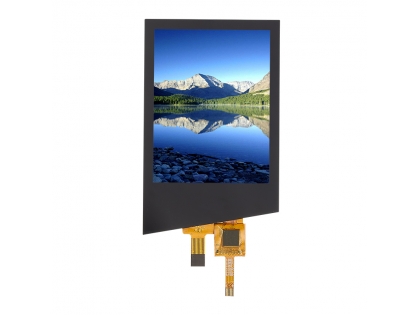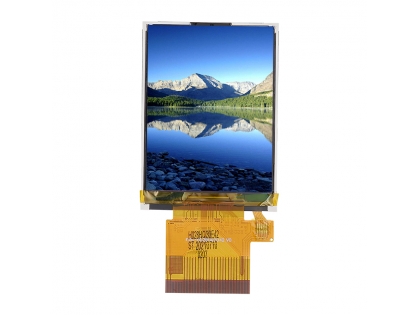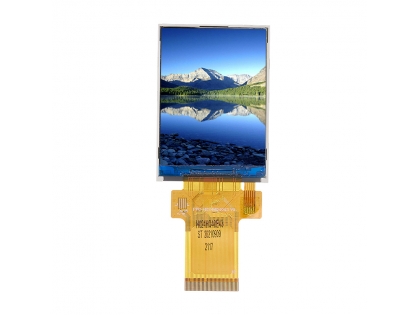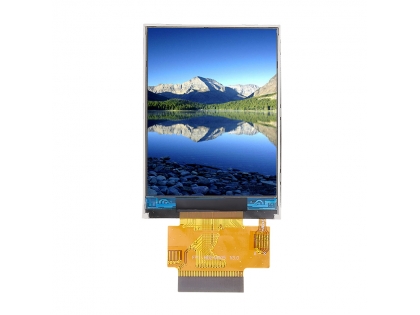TFT LCD screen is equipped with a semiconductor switch for each pixel, and its processing technology is similar to large-scale integrated circuit. Because each pixel can be directly controlled through point pulse, each node is relatively independent and can be continuously controlled. This design not only improves the response speed of the display screen, but also accurately controls the display gray level, so the TFT LCD color is more realistic.
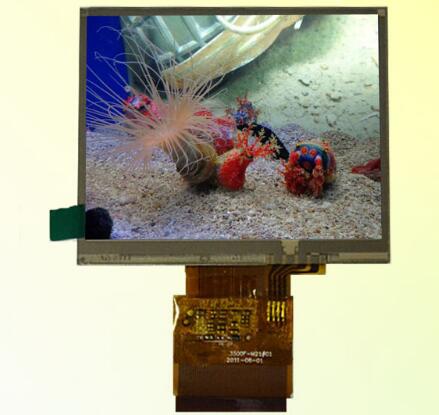
The functions of each component will be described one by one.
Light diffuser: the light emitted by the backlight can be evenly distributed to each pixel after passing through the light diffuser;
Storage capacitance: its capacity is about 0.5PF, and its two poles are connected with transparent display electrode/transparent public electrode,
Since the capacity between the transparent display electrode and the transparent public electrode is about 0.1PF, it cannot keep the charged voltage until the next picture update (for example, when the refresh rate is 60HZ, the retention time is about 16MS), so it needs to be maintained with the help of storage capacitance;
TFT: thin-film transistor, which is a switching device, determines whether the liquid crystal is charged (thin-film transistor only plays the role of turning on or off. When the thin-film transistor is turned off, it outputs voltage from its source pole to charge the liquid crystal and storage capacitor. The level of charging voltage is determined by the LCD driving circuit);
Row electrode: scanning electrode, also called grid bus, is connected with the gate of the thin film transistor in each sub-pixel;
Column electrode: signal electrode, also called drain bus, is connected with the drain of the thin film transistor in each sub-pixel;
Glass base plate: used for isolation;
Polarized glass plate: namely, a polarizing plate, wherein the inner polarizing glass plate 1 has a horizontal opening and the outer polarizing glass plate has a vertical opening;
Transparent display electrode: connected to the source electrode of each thin film transistor, it forms a charging electrode together with the transparent public electrode to charge the liquid crystal in each sub-pixel point;
Color filter: also known as color filter, it is a piece of glass composed of many transistors. The LCD screen should display a color image, usually by adding a color filter between the transparent common electrode and the polarized glass plate. When the light penetrates the liquid crystal layer, it passes through the color filter. Since the color filter is arranged in the horizontal direction in three colors of red, green and blue, the R, G and B colors are divided into three independent points, Each point corresponds to a sub-pixel, and adjacent R, G, and B points have different gray level changes and form a pixel at the same time. Many pixels with different gray level changes can see a color picture by the principle of spatial addition and color mixing
Xunrui Optoelectronics focuses on the R&D and manufacturing of industrial display screens, industrial touch screens and optical fitting products, which are widely used in medical devices, industrial handheld terminals, Internet of Things terminals and smart homes.



